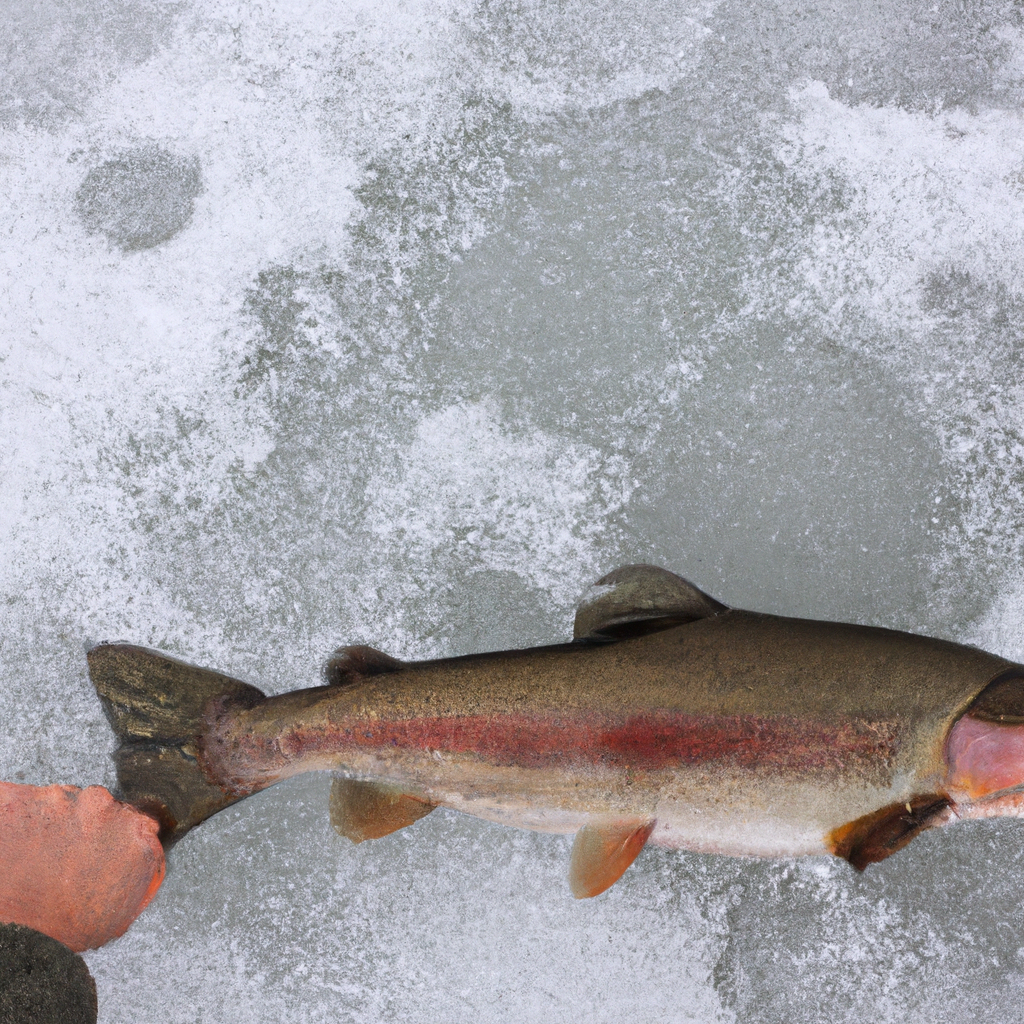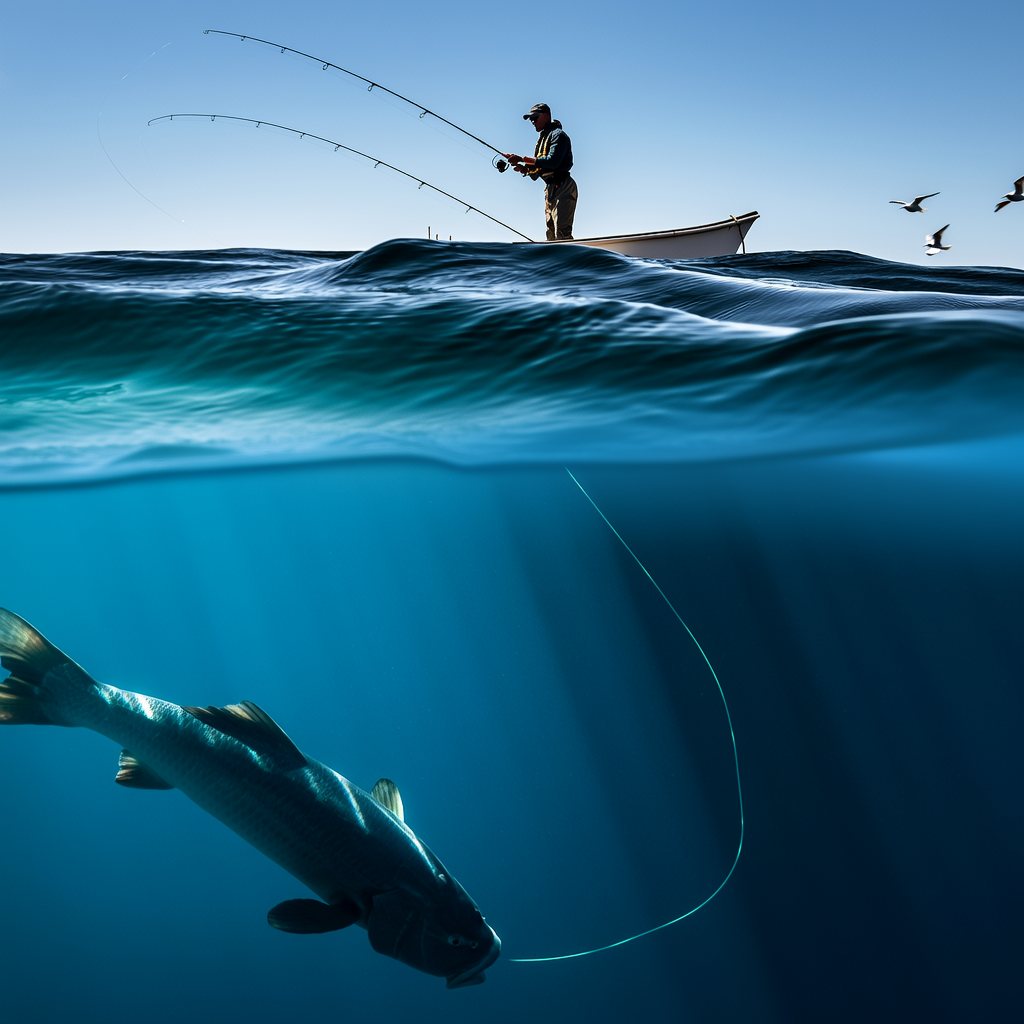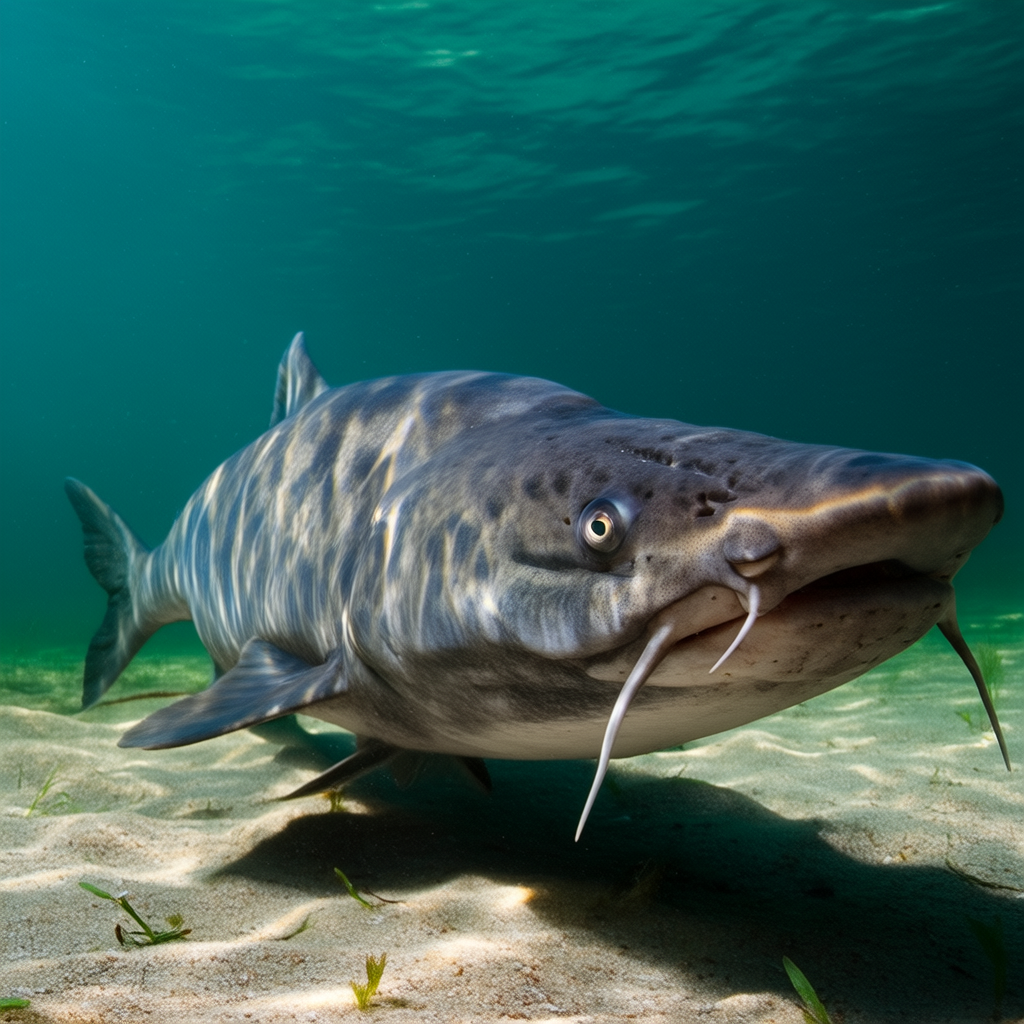Trout fishing in the winter presents its own challenges and opportunities. As the temperature drops trout behavior and feeding habits change significantly. Anglers must adapt their strategies and fishing techniques to achieve success. This comprehensive guide will cover various aspects of winter trout fishing.
Understanding Winter Trout Behavior
Trouts are cold-blooded animals, and their metabolism slows as the water temperature drops. In winter they tend to conserve their energy and become less energetic. This makes them more selective in their feeding habits, and trout fishing becomes more difficult.
During the winter, trout will often move into deeper pools or areas of the river with a more stable temperature. They try to find shelter from the strong currents, and stay close to food sources.
1. Selecting the Right Waters
Selecting the right fishing spot for winter trout fishing is essential. Focus on rivers and brooks that are known for holding trout all year round. These waters will likely provide a favorable environment even during the colder months.
Look for areas that have a moderate water flow such as deep pools, slow-moving pools or areas with structure, like logs or rock. These areas offer trout protection against harsh conditions, and access to food sources.
2. Researching Local Regulations
It is important to know the local fishing regulations before you head out for winter trout fishery. Some waters may have specific rules about open seasons, catch limitations, or types and quantities of bait that are allowed during the winter. By following these regulations, you can ensure the sustainability of trout populations as well as avoid any legal consequences.
3. When to go fishing
Timing is crucial when it comes to winter trout fishing. The best time to target trout is usually during the warmest part of the day, when the water temperature may slightly rise. As the water starts to warm up, late mornings and early afternoons tend to be more productive.
Avoid fishing during extreme cold spells or if the water is frozen. Trout activity is low during these periods and it’s difficult to get a bite.
Winter Trout Fishing Gear
It is important to have the right equipment and gear for winter trout fishing. Here are some gear and clothing suggestions to ensure a productive and enjoyable fishing experience.
1. Fishing Rods and Reels
Choose a fishing pole that is suitable for trout in cold weather. For sensitivity and fast hook sets, ultralight or light spinning rods are best. Combine the rod with a reel that has a smooth, efficient drag system to handle sudden bursts in energy from the trout.
2. Fishing Line
Choose a monofilament or a fluorocarbon line with a low visibility in the 4-8 lb range. Lighter lines are better for delicate presentations while heavier lines can handle larger trout and potential snags.
3. Bait and Lures
It’s important to have a variety to attract a bite. Trout are very selective during the winter months. Baits include worms, salmon eggs, maggots or other live or scented baits. Artificial lures include small spinners or spoons in natural colors to imitate local forage.
4. Clothing and Layers
Dressing appropriately is essential to stay warm and comfortable during winter fishing. Start with a moisture wicking base layer that will keep your skin dry. Next, add insulating layers such as fleece or wool. To protect yourself from the elements, finish with a waterproof outer shell.
5. Boots and Waders
Invest in chest waders and insulated waterproof boots to keep your feet dry and warm while wading through cold water. Choose waders that have built-in insulation, or wear thermal socks for extra warmth.
Winter Trout Fishing Techniques and Strategies
1. Slow Presentation
During winter, trout are less likely to chase after baits that move quickly. Slow down the presentation of your bait or lure and let it imitate a natural motion. To entice a fish to bite, use a slow retrieve.
2. Deep Pools – Targeting
In winter, trout seek refuge in deeper pools. You can achieve better results by concentrating your efforts there. Use sinking lures or baits to reach desired depths and retrieve them slowly at the bottom. Be alert to any movement or subtle bites.
3. Ice Fishing for Trout
Ice fishing is popular in regions where lakes freeze during winter. Check the thickness of the ice and safety conditions prior to venturing out. You can attract trout under the ice by jigging or baiting live minnows with small lures.
Conclusion
Anglers who are willing to brave the cold can enjoy a rewarding winter experience by fishing for trout. You can increase your odds of success by understanding the behavior of the trout during the winter season, selecting the best fishing spots, and using the appropriate techniques and strategy.
Respect the environment and local fishing regulations in order to preserve trout populations. Winter trout fishing is beautiful and tranquil. Stay warm, be patient and enjoy it.




